
Creating a permanent work from home office solution
A simple guide to creating a lasting remote work environment if you plan on working on a more permanent basis
- HÅG
- Home & Lifestyle
- Advice & Guidance
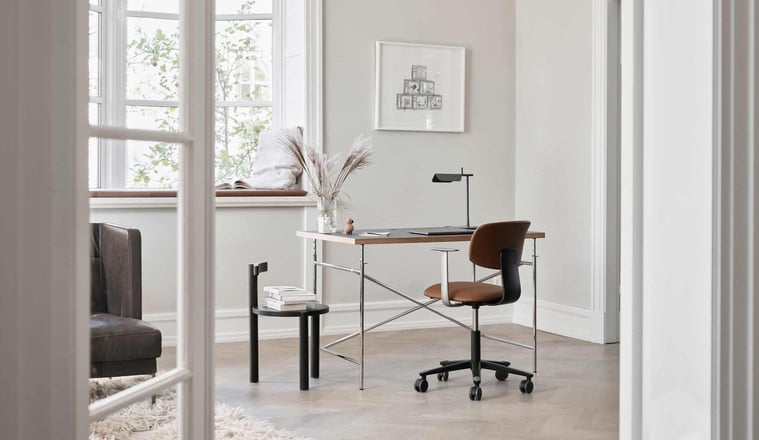
The uncertainty of office work during the pandemic has been replaced with a growing desire for remote work to remain an integral part of the workplace ecosystem. Whilst many remote workers have made do with temporary workstations and hastily put together working routines, a more permanent solution is needed to ensure that working from home is sustainable.
No matter what your current work from home situation is, how much space you have, and who you share it with, there are all sorts of ways you can establish a lasting and practical workspace that can benefit your health, wellbeing, and productivity.
Create a routine
Whilst working from home may provide a certain autonomy in how you organise your day, a lack of workplace structure may cause you to lose focus, with home distractions disrupting your productivity. Establishing a daily routine is a great way to stay on track and limit procrastination. Everyone’s lives are different, and ultimately what you build your routine around will be up to you, but by eliminating the need to plan or ponder on things non work-related during office hours, you can help relieve stress and improve your daily output.
Some of the most basic things you can aim to achieve are simply getting out of bed at the same time every day, and early enough to be able to shower, dress, perhaps do some exercise (after all you have saved some time by not commuting!).
When you do start work set yourself some boundaries such as staying offline or off your phone for at least the first 2 hours of your working day. You can extend your routine throughout the day by setting rigid meal and break times, allocating certain times of the day for different types of tasks such as meetings or calls, or if you live alone, making a social connection at least once a day. Finish the day by writing out a to-do list for the next day, so you have targets to build the following day’s schedule around.
Speaking on the Verywell Mind website, Rachel Goldman, psychologist and clinical assistant professor at the NYU School of Medicine says; “When people don't have a routine or structure to their day it can cause increased stress and anxiety, as well as overwhelming feelings, lack of concentration, and focus.”
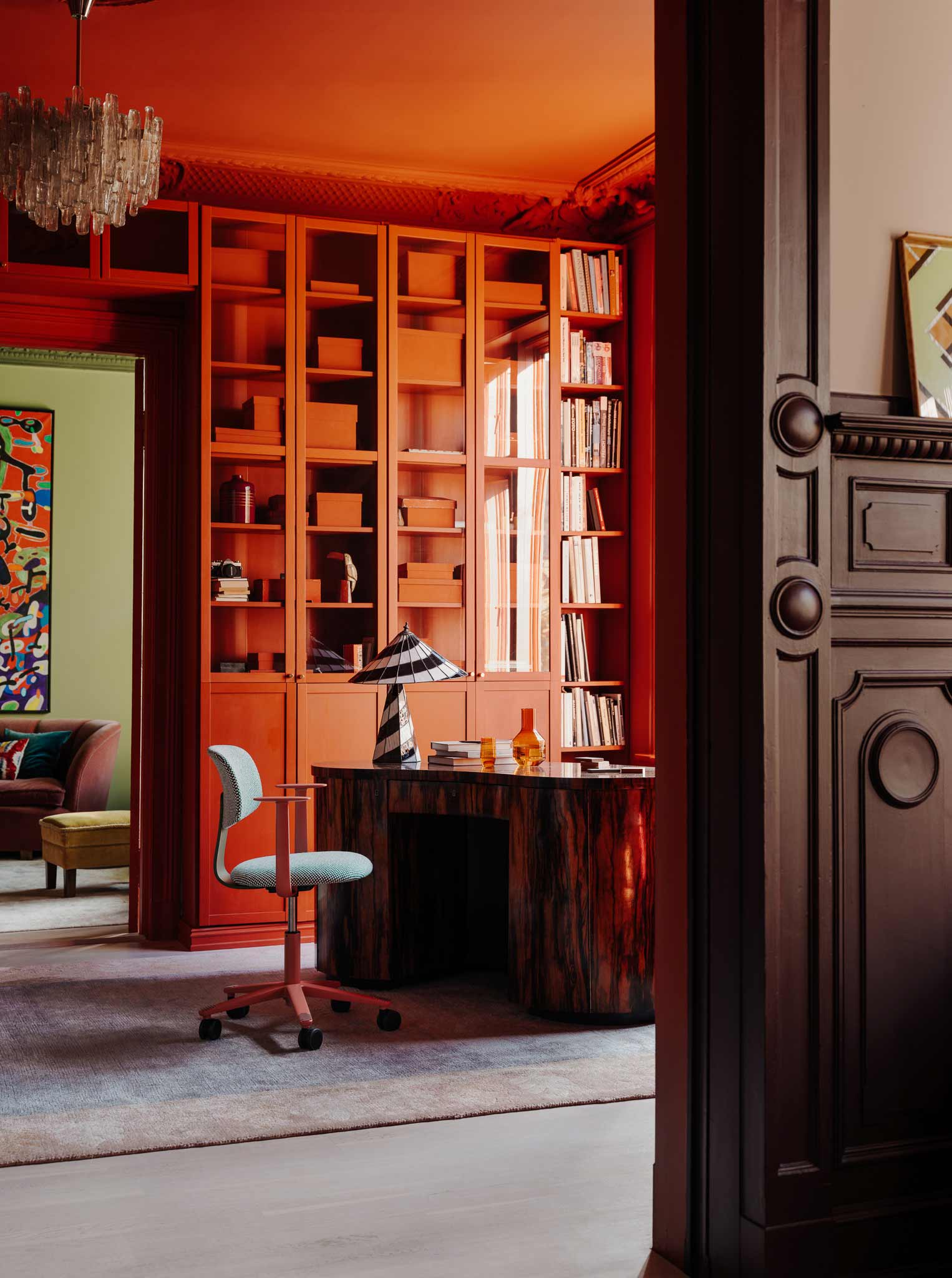
Featured: HÅG Tion 2160 in Moss/Blush, with textile Sisu 805 (green/white) by Kvadrat
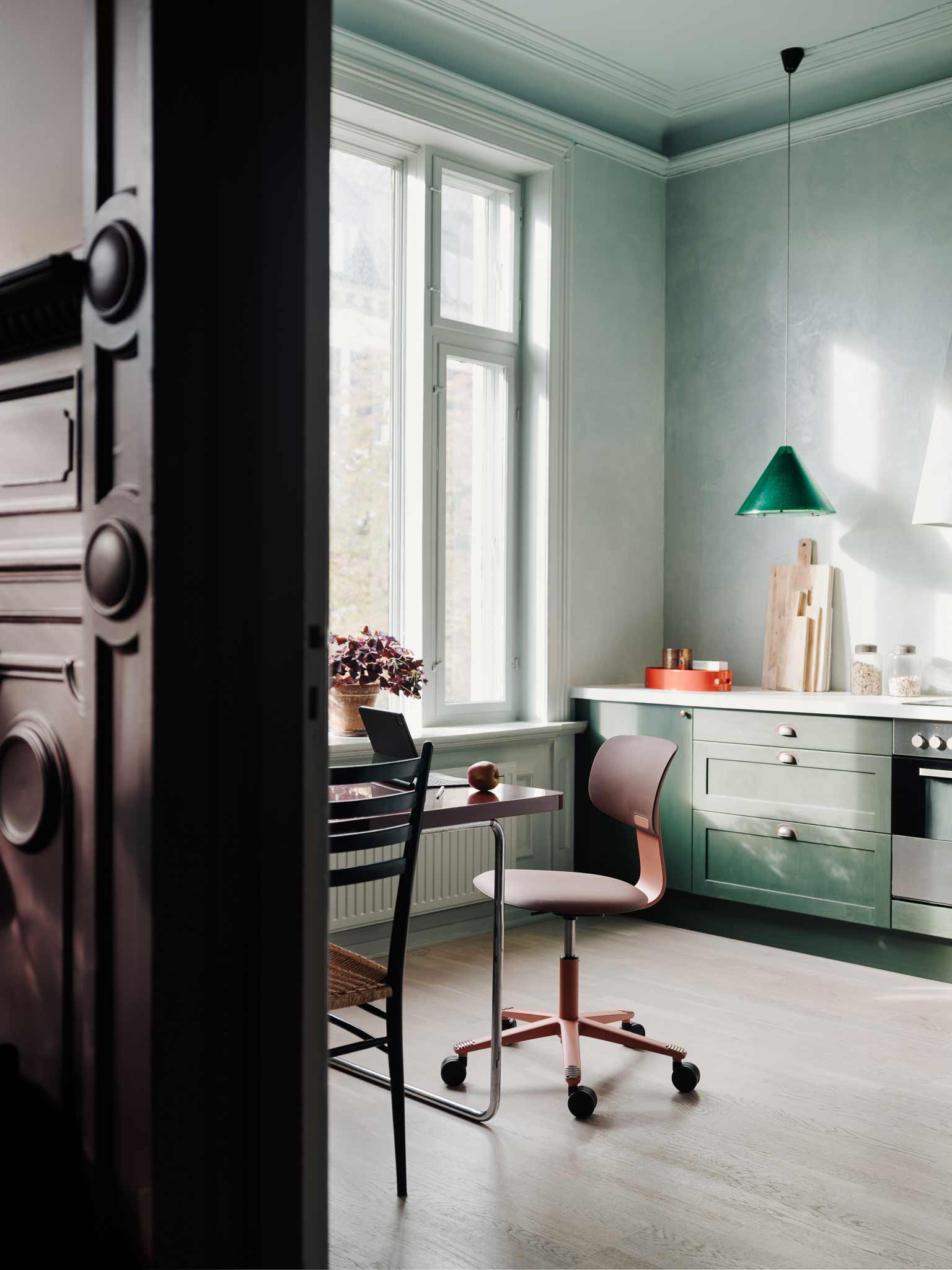
Featured: HÅG Tion 2100 in Chestnut/Blush
Keep active
Working from home often results in a lot less physical movement. task work, meetings, and calls can easily take place without getting out of your chair, and without the daily commute, you can easily walk less than 50 paces from the time you wake up until the time you get up for lunch. When creating your daily routine consider including activities such as walk and talk calls, regular breaks where you stand up stretch or walk about a bit, or even take walking lunches.
These frequent breaks can also be used to do household chores such as filling or emptying the dishwasher, hanging out your clothes to dry, or other short simple tasks that need doing.
Read - Desk exercises when working from home
Consider those you live with
If you share your remote work environment, it is important to respect one another and establish a comfortable working environment. One way to do so is to treat each other as colleagues during working hours – if the people at work wouldn’t tolerate it, then don’t expect them to either.
If space is tight, and you are only part-time remote working consider a schedule where you take it in turns to work from home or work out ways to better optimise space. If you only have one dedicated workstation, perhaps build into your routine a schedule of sharing, so that each of you gets to use the best desk when you need it most.
The most important thing is communication – make sure you are clear when you have important video conferences scheduled and don’t let grievances fester. If you also schedule your lunch breaks at the same time, you can share food preparation duties, and have some much-needed socialisation to relax during the day.

Featured: HÅG Tion 2160 in Blush/Moss, with textile Sisu 165 (black/white) by Kvadrat
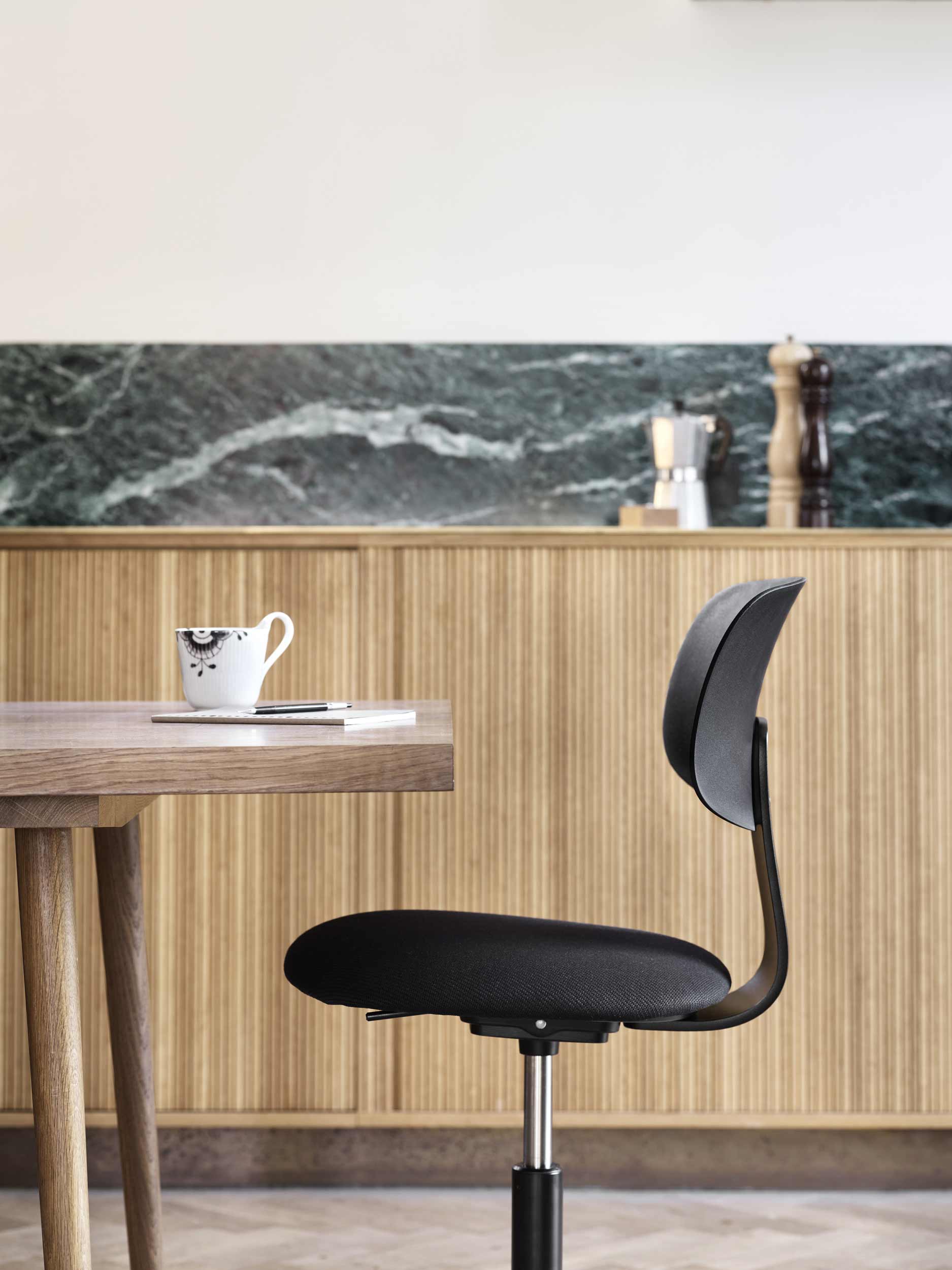
Featured: HÅG Tion 2140 in Black, with textile Oceanic OC01 by Camira
Separating your workspace from home space
Keeping your work and home lives separate can take more than simply opening and closing your laptop. Creating a distinct workplace environment within your home will help to induce a sense of productivity and efficiency, as well as leaving the rest of your home feeling truly a place to relax in.
The easiest way to do this is by creating a designated home office, but if space is lacking one strategy is by cordoning off a specific area of a room, facing away from couches, TVs and other down time distractions. You can create separation through changes in décor, physical separations (such as the back of a couch or a table). Alternatively, if space truly is lacking, you can create a work area that you pack down at the end of each day, helping to really create a distinct boundary between work and play time.
Try to keep any personal activities completely out of your workspace and work time. This will help you immediately switch into a productivity mind-set. If you need to take a break, consider removing yourself from the space – this will also help you stretch your legs and keep your body active.
Another tip is setting up rules to prevent regular distractions. This can be particularly important if you have kids that are constantly coming in to see you and disrupting your workflow, causing you to lose rhythm in your tasks. Openly communicate with your family or housemates to show how important your boundaries are, signalling particularly important times when you need to concentrate. If all else fails get some noise-cancelling headphones to shut out any homely distractions.

Featured: HÅG Tion 2160 in Tumbled/Black, with textile Cognac 33004 by Elmosoft
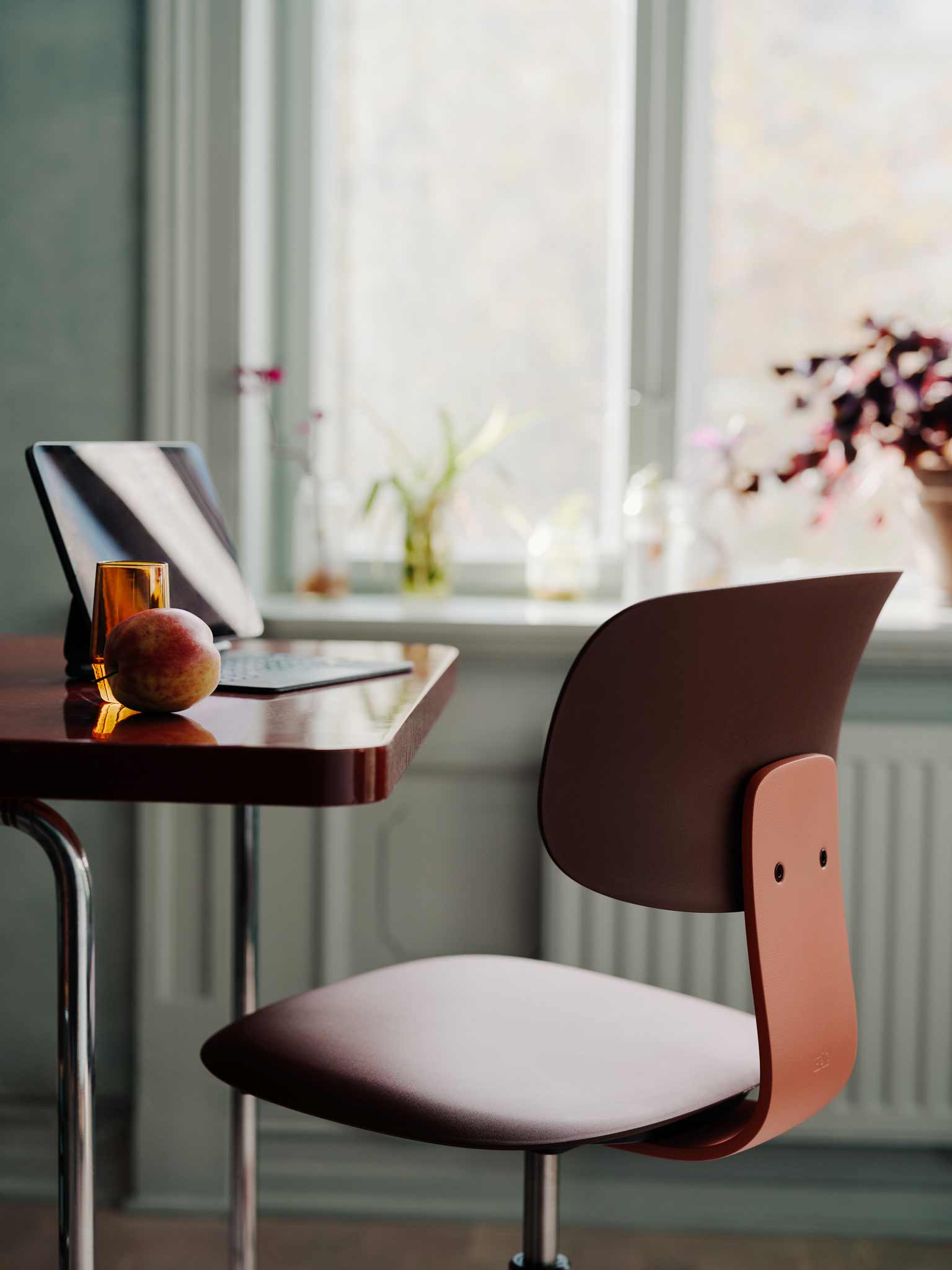
Featured: HÅG Tion 2100 in Chestnut/Blush
Upgrade your workstation
Having a dedicated workstation with an optimal height desk and a comfortable and ergonomic chair is one of the best ways to ensure a prolonged and productive working from home experience. If you’ve been getting by with the kitchen table and bench, it may be time to assess your options and find a more suitable solution. If you are working predominantly from a laptop, you should think about using an external mouse, keyboard and monitor to help maintain a healthy working posture and reduce the chances of developing back or neck problems. For more information on setting up an ergonomic home office, read our article with workplace consultant Kirsty Angerer.
As ever, having a limited amount of space is one of the biggest challenges people face in creating the optimum home workspace. In fact, the latest data from the global Leesman survey on remote work shows that only 44% of remote workers have a dedicated workroom or office, with 25% working from a no-specific location such as a dining room.
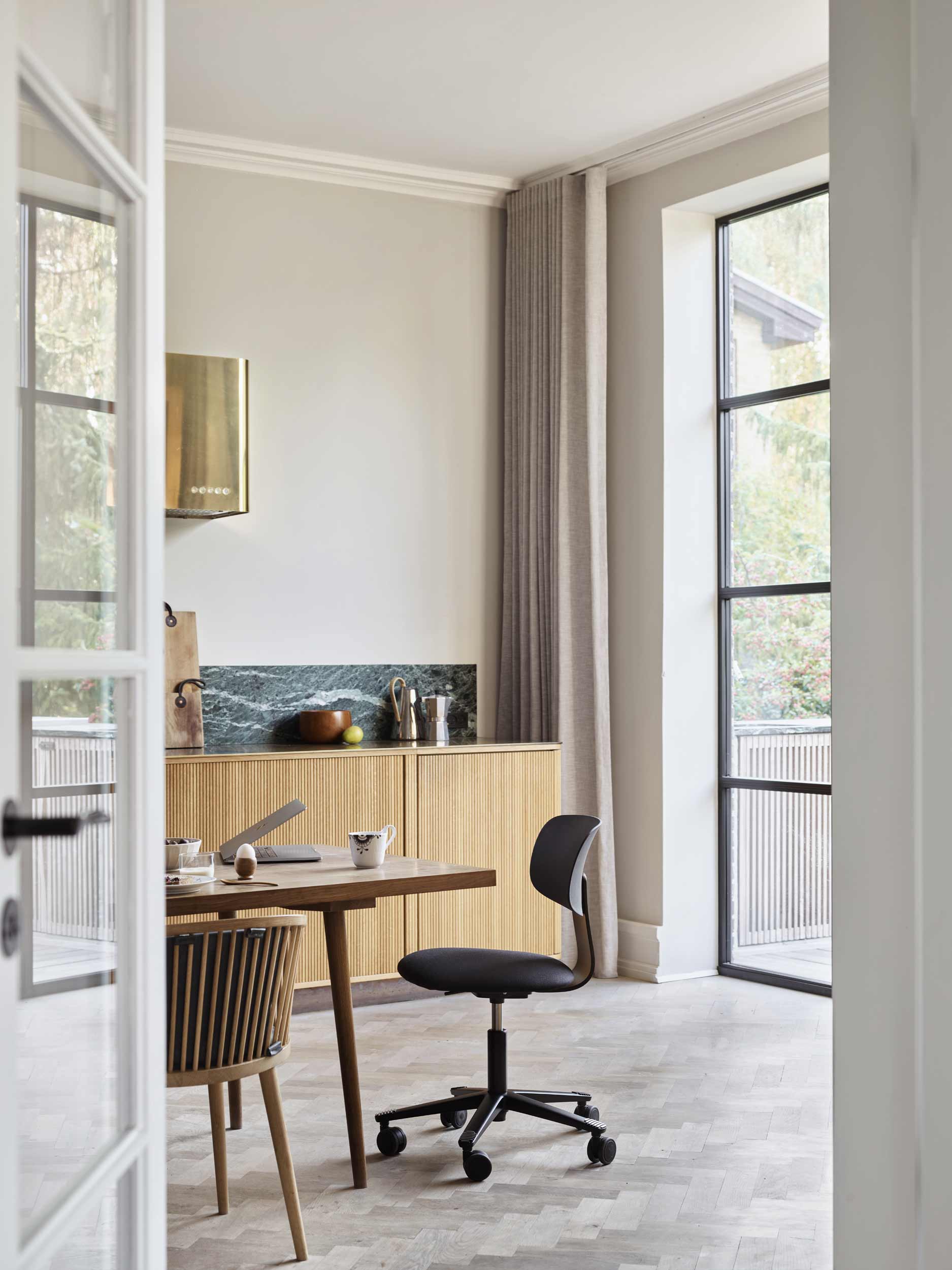
Featured: HÅG Tion 2140 in Black, with textile Oceanic OC01 by Camira
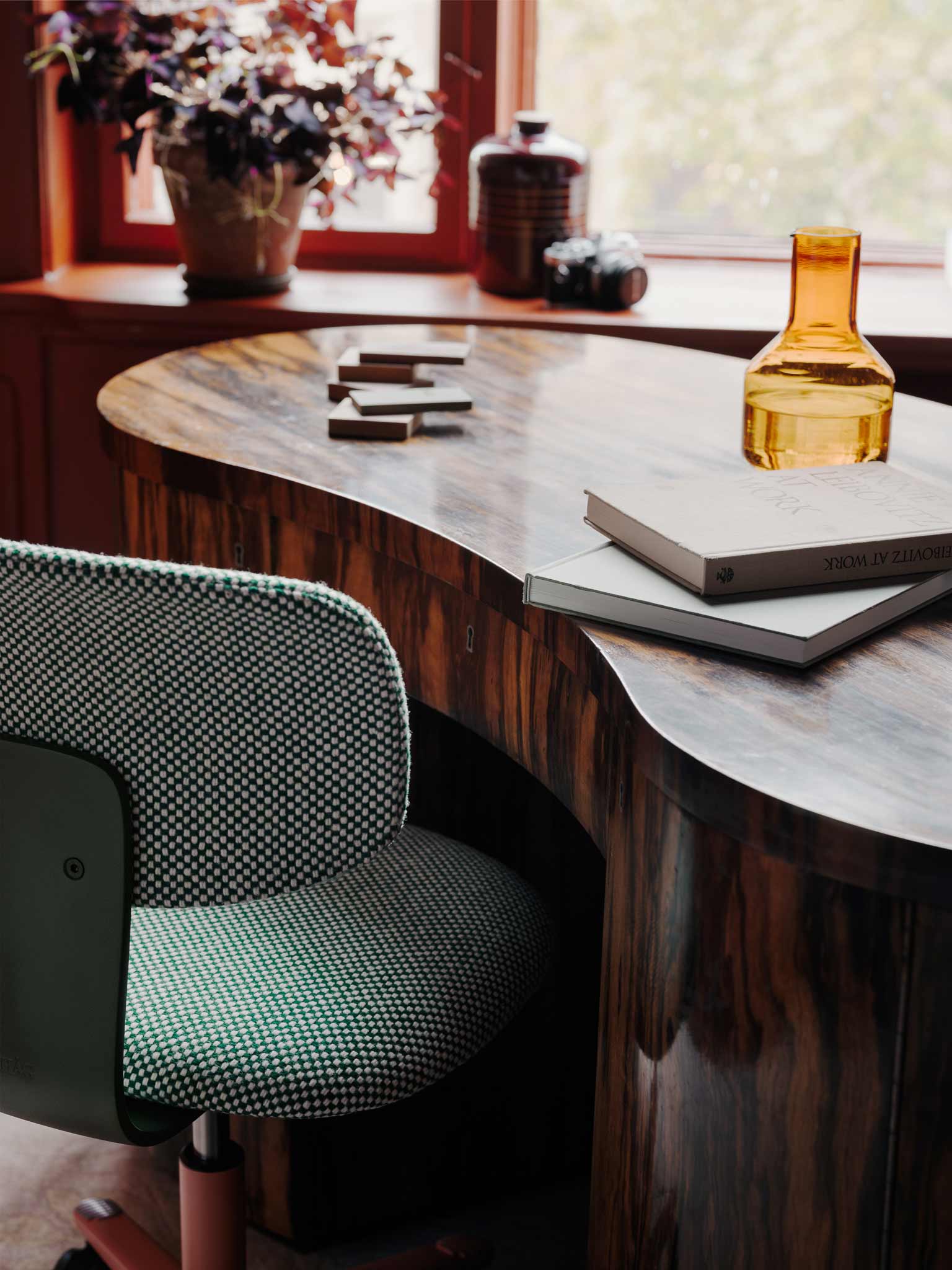
Featured: HÅG Tion 2160 in Moss/Blush, with Textile Sisu 805 (green/white) by Kvadrat
HÅG Tion – a chair for anywhere
Whilst it may be harder to squeeze in a table, having a suitable chair is much more achievable. The HÅG Tion is a great example of chair designed especially for modern working environments, including home workspaces with limited space available.
Its lightweight construction and slender shape easily allow it to fit to any home workspace, from kitchen tables to dedicated home offices. Its modular build lets you choose from a wide range of sustainable materials - including wood, colourful plastics and upholstery - which allows you to create a homely aesthetic to match your interior stylings. Armrests are optional too, which means if you are based in the kitchen, they can easily slide under the table at the end of the day.
Despite its slender slimmed-down shape, it still packs a punch, complete with the HÅG inBalance® technology which encourages micro-movements and posture change throughout your working day, helping you stay comfortable and concentrated for extended periods. Every model comes complete with a 10-year warranty, with spare parts and servicing free of charge for all general wear and tear.
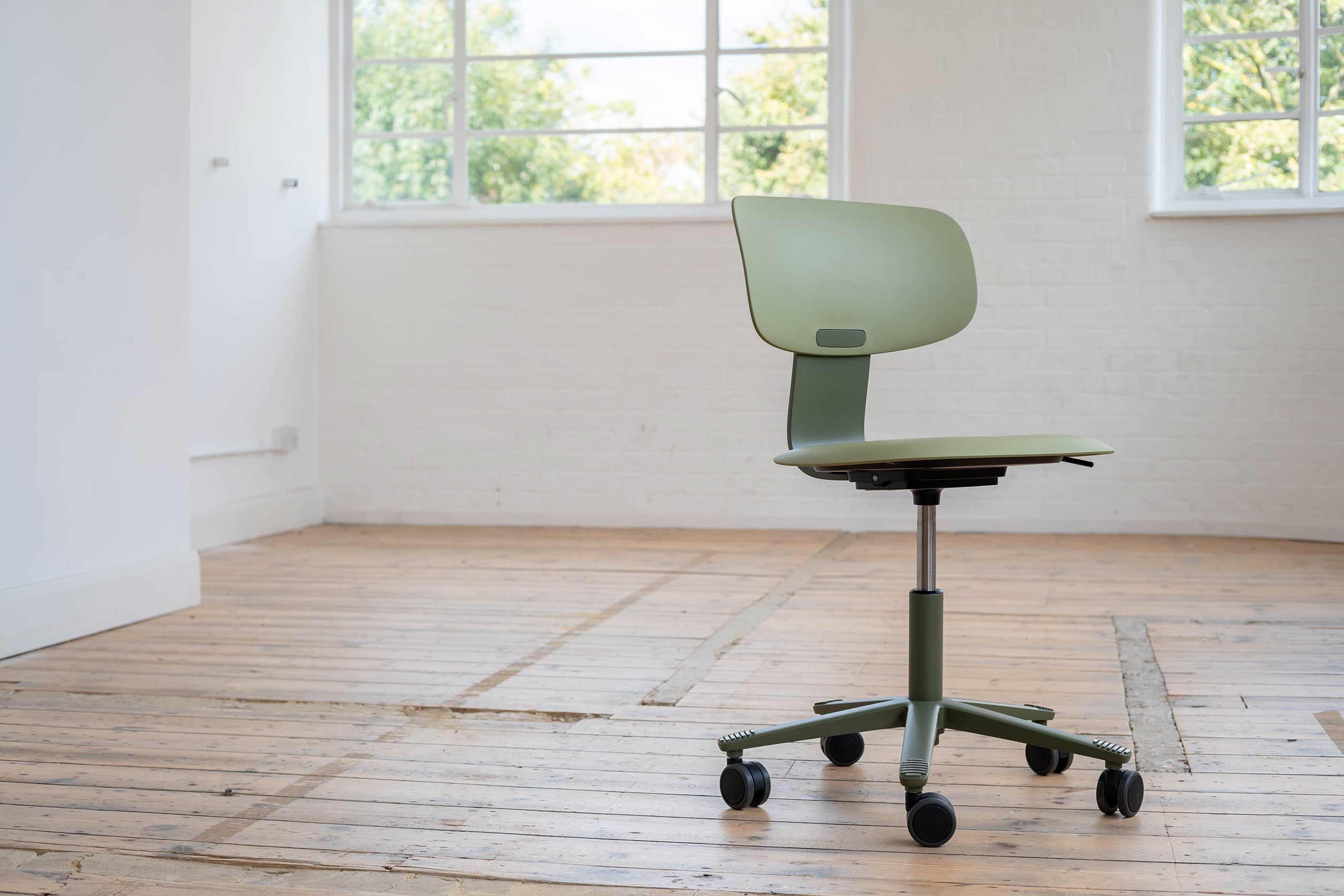
Featured: HÅG Tion 210 in Moss
Summary
Stick to a routine
- Create a regular morning schedule – wake, shower, dress, eat
- Plan your workload across the day
- Have you lunch planned ahead of time
- Create a to-do list for the next day
- Stay active
Be considerate to others in your home
- Schedule breaks
- Finish work on time
- Communicate about calls
- Treat your housemates like colleagues
Separate your workspace from your home space
- Create a physical boundary for your workspace
- Implement workspace décor to instil a productive atmosphere
- Communicate with others in your home to respect your boundaries
- Keep personal activities out of your workspace – take breaks outside
Upgrade your workstation
- Comfortable & ergonomic desk and chair are key
- Compliment with computer peripherals to improve posture and comfort
- Work with what you’ve got – the right chair can work well with any desktop space
This might also interest you
A deeper look at the history behind the HÅG x Recouture Collab
Learn how åkle developed across Norway, why the motifs look the way they...
HÅG x Recouture : Heritage craft for a design icon
Learn how Recouture give traditional Norwegian åkle new life, in...
HÅG SoFi – now available in tumbled aluminium
Extending the beauty of tumbled aluminium to HÅG SoFi — versatile,...